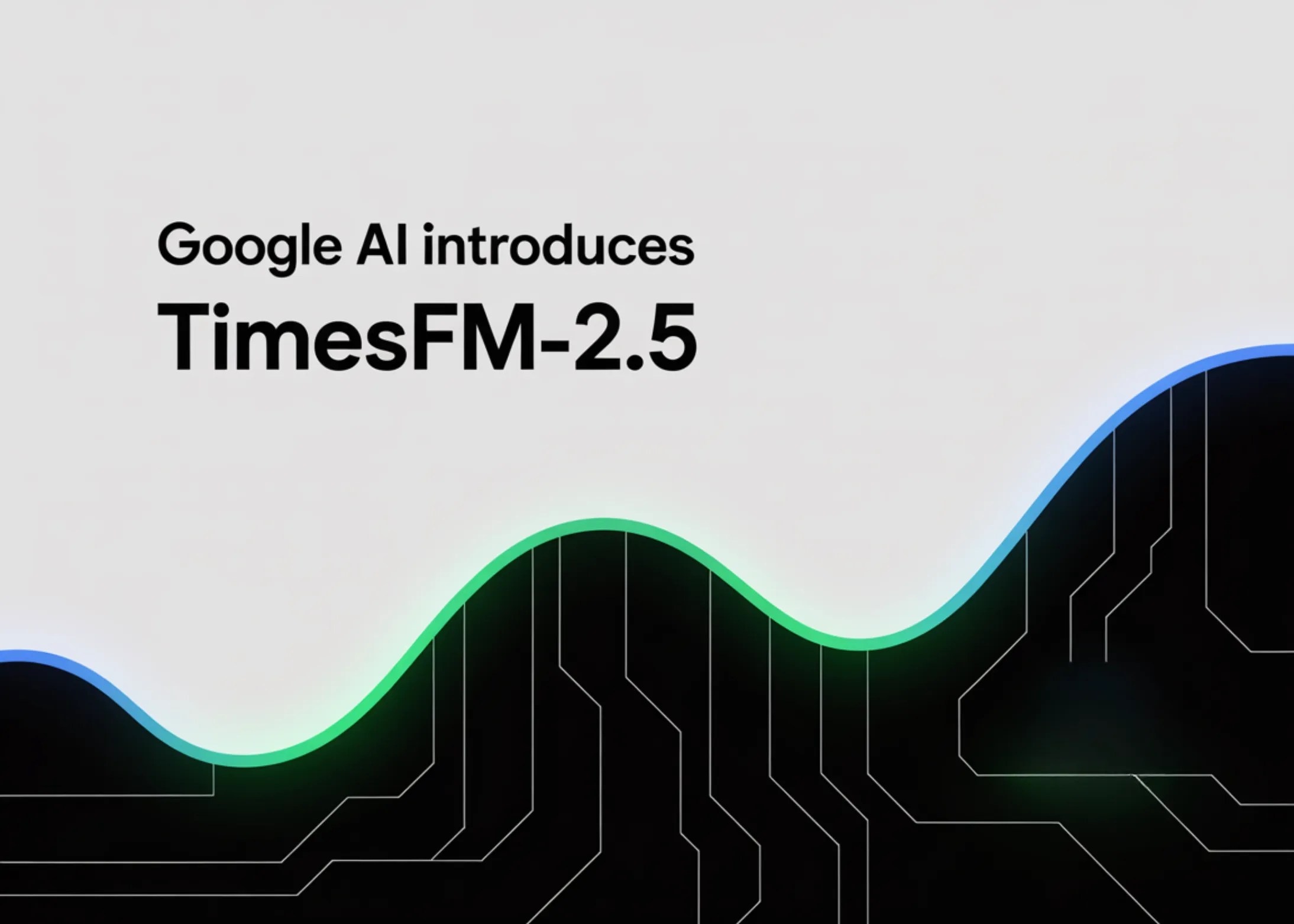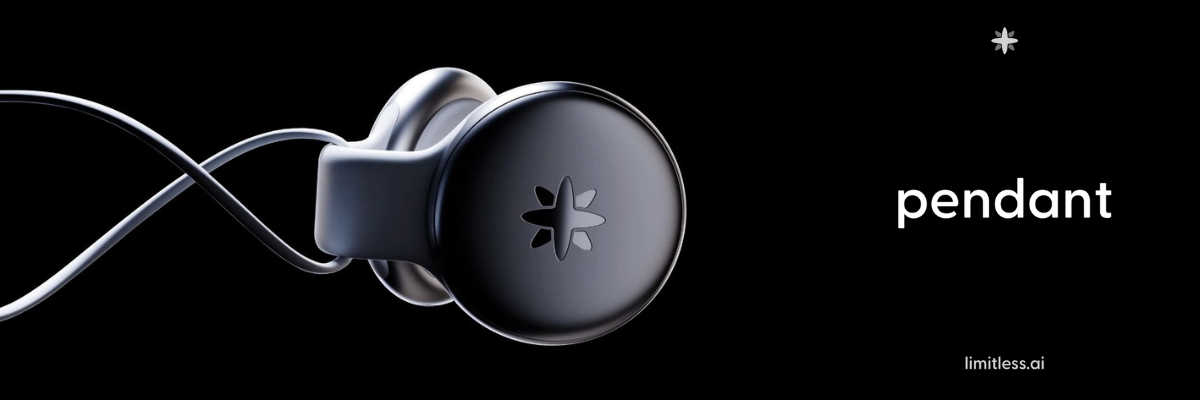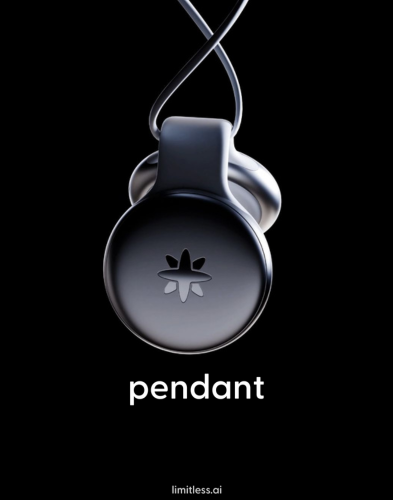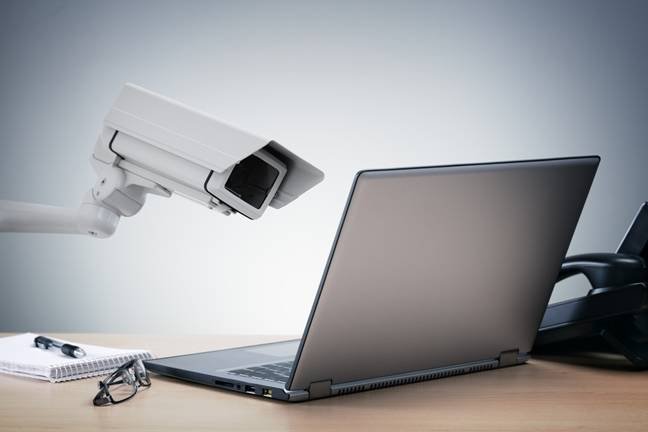Microsoft’s Surface Laptop 7 Reviewed • The Register

COMMENT The Arm-based Surface Laptop 7 was introduced in 2024, followed by an Intel-powered version a few months later. As with much of the Surface line, it’s a well-engineered piece of hardware. I needed something that could run off the battery for a full day, wouldn’t break the strap of a courier bag or the bank, and featured a decent spec.
Enter the Surface Laptop 7. I bought the 13.8-inch tablet for £799 (c $1,100) from my local computer store. My configuration came with a bright 2304 x 1536 pixel screen, 16 GB of RAM, and a 512 GB SSD (which was actually more like 474 GB after formatting).
The Surface 7 isn’t the lightest in the field, weighing in at 2.95 pounds (1.34 kg), when other laptops like the Lenovo ThinkPad X1 Carbon tip the scales at less than 2.5 pounds (1.13 kg). But it is featherlight compared to the Dell Inspiron it replaced. It is, however, a bit light on ports, with just two USB-C connections and one for USB-A.
It also can manage up to 20 hours of local video playback, Microsoft claims. In real-world usage, I found that translated to around ten hours of productivity applications – more than enough for a day’s work between power outlets. It’s very important to understand that battery life is highly dependent on what you are doing. In my case, this mainly involves using productivity applications, web surfing, and occasionally firing up a virtual machine.
The keyboard and trackpad perform their duties well, and the Surface Laptop 7 is both quiet and cool.
Finally, the device is slathered in Copilot+ branding and features a Snapdragon X Plus 10-core CPU. This means Windows 11 for Arm and should, frankly, have set the alarm bells ringing.
Windows on Arm still not ready for primetime
I have history with Windows on Arm. I picked up a Windows Dev Kit 2023 (also known as Project Volterra), which turned out to be a cursed piece of hardware. The clock was frequently wrong. Bits of the operating system (such as window rendering) did not work particularly well. Ultimately, it felt sluggish to use. However, it was also aimed at developers who might be more tolerant of its foibles.
However, that was 2023. Surely, with another year of development and with consumers in mind, things would have improved. More apps would be ported to the new architecture, and the glitches that bedeviled the Windows Dev Kit 2023 would be ironed out. And, of course, there was the allure of all that Copilot hardware.
Yes, there are more apps. Yes, some of the glitches have been ironed out. But is the ARM-based Surface Laptop 7 ready for primetime? The answer has to be no.
Things did not begin well. This is the first laptop I have ever had to return within the first week due to a fault.
It would abruptly shut down during use, apparently due to overheating or possibly a firmware issue, while driving an external monitor. There was nothing in the event log to indicate what had happened, except for an unexpected shutdown notification. Eventually, I returned the laptop to the retailer and was presented with another.
The new device behaved better. However, I soon ran into performance issues. Although applications such as Word and Excel ran acceptably, other commonly used applications struggled. The Arm-native version of Chrome, for example, is noticeably slower when switching tabs or responding to input compared to the Intel version. Several times a day, it stops responding for a few seconds, even with only a few tabs open. This cannot be blamed on Microsoft, yet it highlights the need to check the performance of applications before making the move to a Windows on Arm device.
And then there is hardware compatibility. Plugging a webcam (an MX Brio 705 from the little-known peripheral company Logitech) into the laptop resulted in a driver error regarding the device’s microphone, which meant video calls relied on the laptop’s built-in hardware for audio input. While this is not necessarily a bad thing – the Surface Laptop 7’s microphone array works well – it is not ideal.
The issue was compounded later when an updated driver from Microsoft quietly fixed the microphone problem without notification that it had done so, although the device remained listed with a warning in Device Manager. I was only able to detect that something had changed when I attempted to use the webcam’s microphone.
Other issues with the laptop include it occasionally losing the mouse pointer or ignoring the keyboard. That problem is unpredictable and occurs once or twice a day. Leaving the laptop for a few seconds resolves the issue.
A similar phenomenon occurs with Wi-Fi connectivity, most noticeably during video calls or data transfers over the network. During a recent call, for example, the quality deteriorated over a period of a few minutes before whatever was causing the problem reset itself, and connectivity was restored. As with the other issues, the problem is infrequent and does not make itself obvious in the device’s event log.
The issues might seem like niggles, though they did not occur on the Intel-based device the Surface Laptop 7 replaced. Some issues are caused by third-party software, while others can be attributed to the operating system itself.
All serve to undermine confidence in Windows on Arm and, by extension, the Arm-based Surface Laptop 7.
No killer AI app
But what about all that exotic AI silicon? Does that elevate the device? Currently, the answer is no. I can make it appear as though I’m looking at the camera while on video calls, but there remains no killer AI app to justify the hardware. Even Microsoft’s flagship Recall application, which had a distinctly shaky start, is not the savior the company might hope for. The tool, which is supposed to capture a history of a user’s activity, frequently stopped recording. There was no discernible pattern to the stoppages, although judging by The Register’s experience, where the tool was found to be recording things it shouldn’t, this might be no bad thing.
The laptop market is crowded, and the vast majority are perfectly competent. This makes the problems with the Surface Laptop 7 all the more glaring. Windows on Arm has improved vastly from its early days, however, there are sufficient glitches remaining to serve as a warning to users. Although the Surface Laptop 7 is aimed squarely at ordinary users, its software has enough rough edges to put some off.
The Surface Laptop 8 is expected to be released later this year. Like its predecessor, the hardware design is likely to be good, and Microsoft has an opportunity to improve the Windows on Arm experience further. However, with Windows 11 25H2 springing from the same servicing branch as Windows 11 24H2, there is every chance that the software problems which have resulted in a thumbs-down for the Surface Laptop 7 could linger. ®











